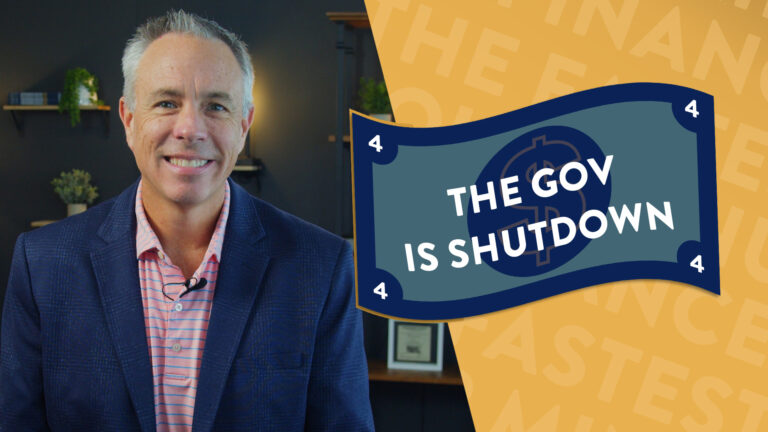Proposed 401(k) Changes from President Trump
Retirement savings have been a big topic in Washington this year, and President Trump has proposed several changes to the way your 401(k) might work. Now, none of these ideas are law yet — but if you’re saving for retirement, or getting close to it, it’s worth understanding how they might impact you.
Let’s walk through the three big areas getting the most attention in these proposed changes.
1️⃣ Bigger Catch-Up Contributions for Workers 50+
Right now, if you’re 50 or older, you can contribute an extra $7,500 to your 401(k) on top of the regular annual limit of $23,500 for 2025. Trump’s proposal could raise that catch-up amount even higher.
Why does that matter? If you got a late start on saving, or you’ve had to pause contributions in the past, these years before retirement are prime time to bulk up your nest egg. The more you can save in those final working years, the more you can take advantage of compounding before you start withdrawals.
2️⃣ Expanded 401(k) Investment Options
Another piece of the proposal is to open the door to more investment options inside your 401(k). While that might sound like an easy win, it comes with a caution flag. Most 401(k) participants already face a dizzying number of fund choices, and adding more could lead to decision fatigue — or worse, picking investments that don’t match your risk tolerance or retirement timeline.
This is where having a clear investment strategy matters. If your portfolio is built around your goals, you’re far less likely to get sidetracked by new menu options.
3️⃣ Penalty-Free 401(k) Withdrawals in Certain Situations
Today, if you pull money from your 401(k) before age 59½, you’ll usually owe both income taxes and a 10% early withdrawal penalty — unless you meet one of a handful of exceptions. Trump’s plan would add more exceptions, letting savers access funds without that extra penalty in certain emergencies or life events.
On the surface, that’s appealing — but tapping retirement savings early should always be a last resort. Even a small withdrawal now can mean a much smaller balance later, because you lose out on years of market growth.
🔑 Key Takeaways for Retirement Planning
First, remember — these are proposals, not final rules. They could change significantly before becoming law, or they may not happen at all.
Second — even if they do pass, the fundamentals of retirement success don’t change:
- Save consistently.
- Invest according to your plan, not the headlines.
- Avoid dipping into retirement funds early unless it’s absolutely necessary.
Changes in Washington can create opportunities, but they can also create noise. Your best defense is a plan that’s built on your personal goals, your time horizon, and your income needs — not on legislative shifts or market speculation.
If your plan already does that, these changes could simply give you more tools to work with. And if you don’t have that kind of plan, now’s the time to put one together.
Because at the end of the day, a secure retirement isn’t shaped in the halls of Congress — it’s built one smart decision at a time.
Securities offered through LPL Financial, Member FINRA/SIPC. Investment advice offered through Independent Advisor Alliance. Independent Advisor Alliance and GenWealth Financial Advisors are separate entities from LPL Financial.





